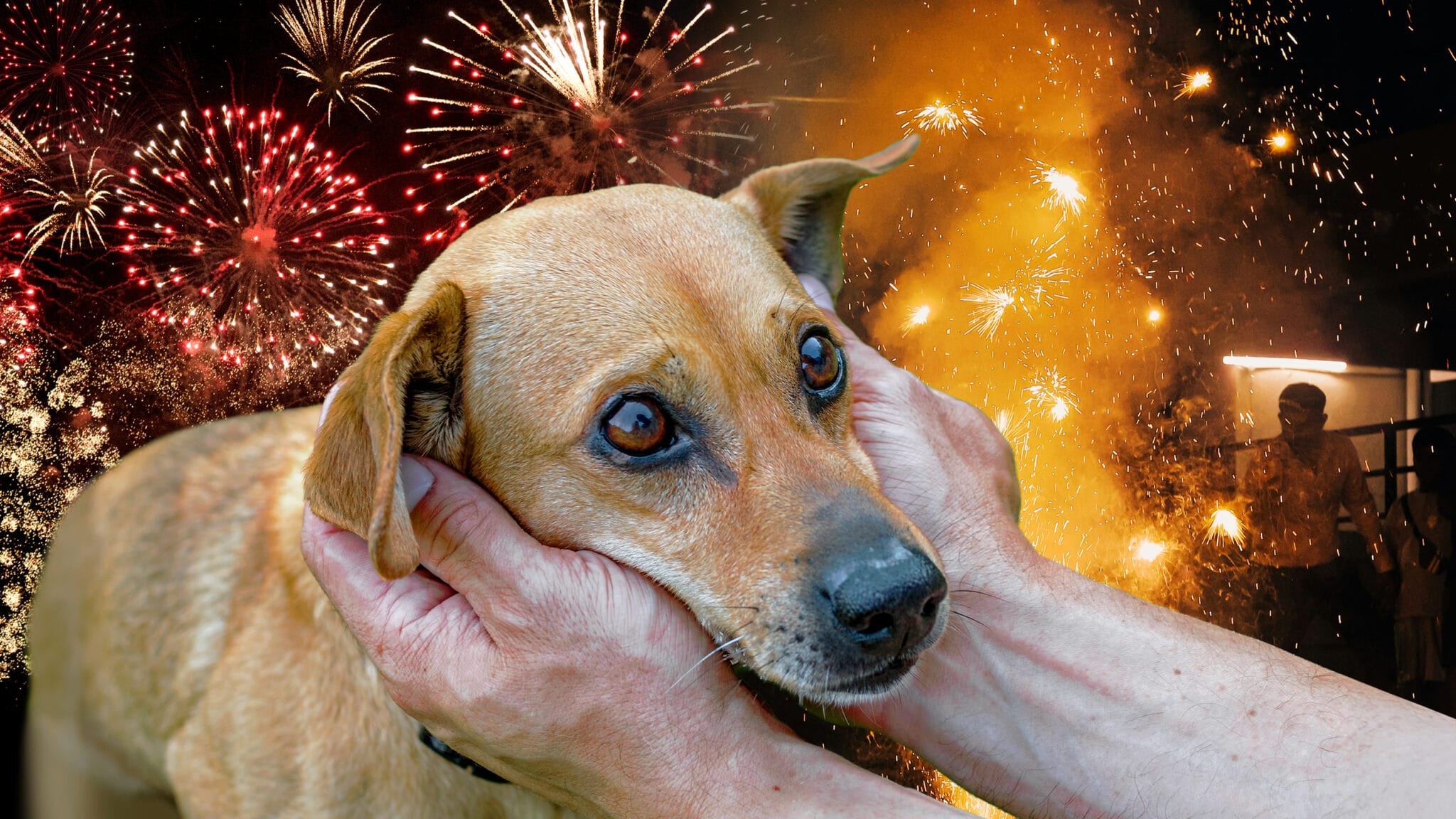Chicano Park Day Celebrated Its 53rd Anniversary by Remembering a Historic Protest
Many are the stories of our Latino community’s struggle for their right to exist. Chicano Park Day is one of them.
It is a cultural monument located in Barrio Logan that just celebrated its 53rd year. The park remembers how a community organized to manifest a space of its own.
Last Saturday, thousands of people gathered for the first time since 2019 to remember the history of Chicano Park. Located under Interstate 5 and the access ramps to the San Diego-Coronado Bridge, this is a piece of our history.
Half a century of history
What was once known as the East End was a region that welcomed the first Mexican settlers in the 1890s. Barrio Logan Heights sheltered Mexicans fleeing the violence of the Mexican Revolution and became a lively cultural center.
The original neighborhood stretched all the way to San Diego Bay until World War II. Then, naval installations blocked local access to the beach.
No one asked residents if they cared.
During the 1950s, gentrification attracted junk dealers and repair shops, deteriorating the neighborhood’s image. But the straw that broke the camel’s back was when Interstate 5 split the area in two in 1963 and later with the elevated ramps of the San Diego-Coronado Bridge.
It was then that the community organized within the framework of the Civil Rights Movement and under the banner of the Chicano Movement to demand a park that would energize the life of the neighborhood.
Although the park was officially approved in June 1969, no earthwork was done to implement it.
In fact, the space designated for the park was taken by a private company to build a parking lot and a California Highway Patrol station.
Students, activists, and residents took to the streets to reclaim what was rightfully theirs.
A protest like no other
Amidst human chains around bulldozers and a waving Aztlan flag, the community reclaimed what had always been their land.
The movement was such that work on the parking lot was suspended, and the real meetings for the creation of the park began. The Chicano Park Steering Committee, still in place today, was born.
The freeway support pillars and concrete walls were transformed into canvases for the Chicano mural movement, and more than 300 people painted what is now considered the largest mural park in the world.
Chicano Park is a more significant symbol than ever
Today, 53 years after that iconic protest, Chicano Park is a living, breathing symbol of our community’s struggle for its right to exist.
“I consider the park a sacred space, and I say that because of the rich history behind it, regarding the many steps and many stories and many activities that have taken place here,” Alberto Pulido, a professor at the University of San Diego and member of the Chicano Park Steering Committee, told the San Diego Union-Tribune.
In fact, last Saturday’s celebration also applauded the newly opened Chicano Park Museum and Cultural Center to keep history alive.
“We are still trying to get fair representation for the under-served and the undocumented,” said Maria Elena Gomez, a retired Fallbrook educator, to the Union-Tribune. “But it doesn’t negate the fact that we have a lot of young people learning about what’s going on.”
The weekend celebration featured vintage lowriders, food, music, and many booths showcasing the richness of the Chicano community.




